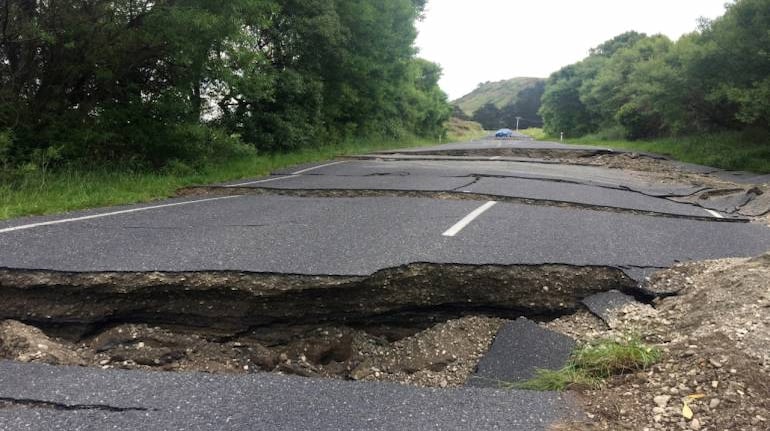



Over the past few years, public sector bank (PSB) chairmen would intermittently say the worst was over for state-owned lenders during post-results media interactions. Such statements would invariably be taken with a pinch of salt. But any such assertion now would have the heft of the Reserve Bank of India’s financial stability report (FSR) behind it.
The FSR makes a forceful case that the environment for public sector banks is improving, albeit gradually. Not only has the gross non-performing assets (GNPA) ratio of all banks reduced to 10.8 percent in September 2018 from 11.5 percent in March 2018, it is expected to slip further. For PSBs in particular, it is projected to reduce from 14.8 percent in September 2018 to 14.6 percent in March 2019 and 14.3 percent in September 2019. That’s under the baseline scenario. What’s important is that even under a severe stress scenario (these are hypothetical models of extreme economic conditions and rarely come to pass), GNPAs are forecast to decline gradually.
That clearly shows that recognition of the stress in the system is over, at least for PSBs. This is supported by other data as well. For instance, the annualised slippage ratio (fresh additions to the stock of NPAs during a year as a proportion of total standard assets at the beginning of the year) has come down from 7.6 percent in March 2018 to 4.1 percent in September 2018. The improvement has been remarkable for credit to industry, one of the main culprits for the bad loan stock. Here, the slippage ratio has come down from 13.6 percent to 5 percent during the same period.
That’s the good news. One would expect PSBs to take advantage of this gradually improving environment and claw back market share ceded to private sector peers and shadow banks over the last half decade. But that will take some time because of their precarious capital position. The FSR has pointed out that bank profitability continues to erode.
Under RBI’s baseline scenario (without taking into account any capital infusion from the government), system level capital adequacy ratio is projected to come down to 12.9 percent in March 2019 from 13.4 percent in September 2018. The FSR warns that as many as eight PSBs under the prompt corrective action framework will see their capital adequacy ratio slip to below 9 percent by March if they don’t get additional government capital.
That may not come to pass. On December 20, the government sought Parliament’s approval for supplementary grants worth Rs 41,000 crore to infuse fresh capital into PSBs, mostly those under the PCA framework. However, it remains to be seen how this money is distributed and whether some of it will go to stronger PSBs who are actually in a position to grow. But there are limits to how much the government can infuse as it struggles with a fiscal deficit that has breached 115 percent of budget estimates and has to contend with populist expenditure in an election year.
Thus, what’s clear is that PSBs will continue to be hamstrung for growth capital for some time. One way they could get some capital is if some of the big cases under the bankruptcy process are resolved; that way the recoveries flow straight to the bottom line and can be used to bolster capital. But given the track record of the big RBI 12 cases so far, that remains a pipe dream, at least over the next six months.
Discover the latest Business News, Sensex, and Nifty updates. Obtain Personal Finance insights, tax queries, and expert opinions on Moneycontrol or download the Moneycontrol App to stay updated!
Find the best of Al News in one place, specially curated for you every weekend.
Stay on top of the latest tech trends and biggest startup news.